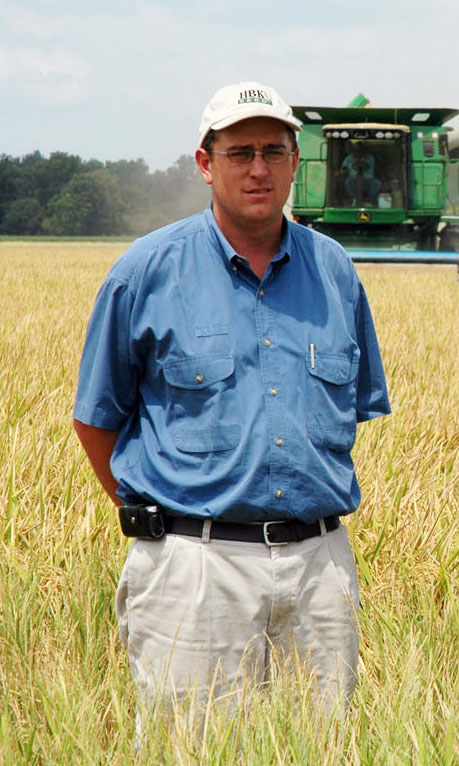 Dow Brantley
Dow Brantley
Oct 27, 2021
NEW DEHLI, INDIA – Fertilizer prices have skyrocketed across the globe due to massive shortages, including COVID-related shutdowns at production plants, weather impacts, and now Chinese export bans. China controls about one third of the world’s fertilizer market share, supplying India, Pakistan, and other rice-producing nations with the crop’s vital inputs.
Because of the world shortage, China has implemented a series of measures that either ban or further restrict exports to ensure that their domestic prices and supply remain stable for 2022, further exacerbating the situation elsewhere.
According to a 2014 report by the International Fertilizer Association, rice uses the third highest amount of nitrogen, phosphorus, and potassium-based fertilizers when ranked amongst other commodities globally. Rice uses about 13.7 percent of agricultural fertilizer, behind wheat (15.3 percent) and corn (16.2 percent). This means cereal crops, like rice, will see significant input cost increases throughout the rest of 2021 and into 2022.
“When we see price swings of this magnitude impacting the global economy, our antennas need to go up, because governments are going to get defensive of their farmers, which usually means WTO violations are on the horizon,” said Dow Brantley, Arkansas rice farmer and vice chair of the USA Rice international Trade Policy Committee. “We didn’t have to look hard for the first bad actor to throw their hat in the ‘likely’ WTO violation ring, as India announced a $3.8 billion payoff to their fertilizer companies earlier this month as long as they agreed not to raise retail prices on their [rice and wheat] farmers.”
A fertilizer subsidy is questionable enough, but that’s stacked on top of India’s existing subsidies for fertilizer, electricity, irrigation, and seeds. After the government essentially covers all of the costs to bring a crop to harvest, they also guarantee a ‘floor price’ for the farmers that sell their crop to the government, taking every risk except weather out of the equation. India continues to notify their rice subsidies to the World Trade Organization (WTO) at levels above their de minimis limit and claiming protections using their ‘developing’ status, yet they have managed to more than double their rice exports over the last decade, dwarfing Vietnam, the world’s second largest exporter.
“We need to keep an eye on what our competitors are doing policy-wise as a result of this fertilizer price spike, but we also need to have the Biden Administration take a case at the WTO against India,” said Brantley. “As a farmer, there are few things worse than taking financial risks and playing by the rules, while we watch bad actors, like India, flood our markets with rice grown on a tilted playing field.”
Following India’s lead, rice export powerhouse, Thailand, announced earlier this week that they’re earmarking $1 billion for a similar fertilizer subsidy for rice, corn, and cassava growers.